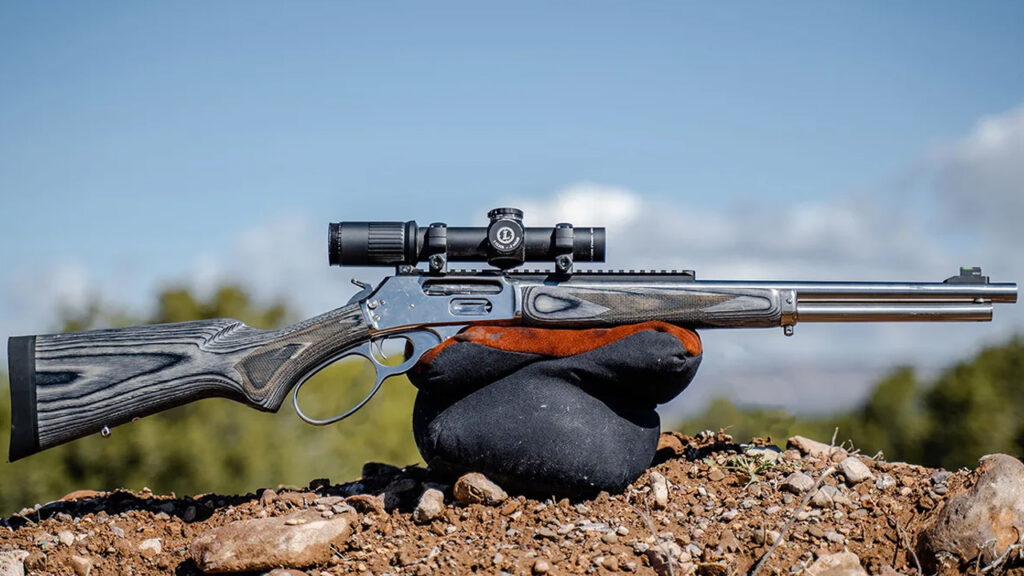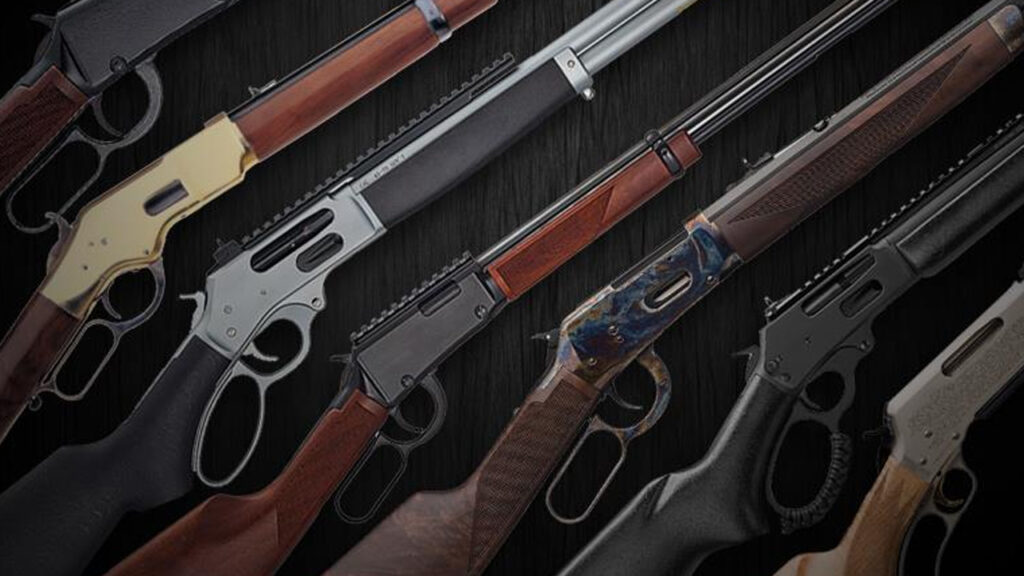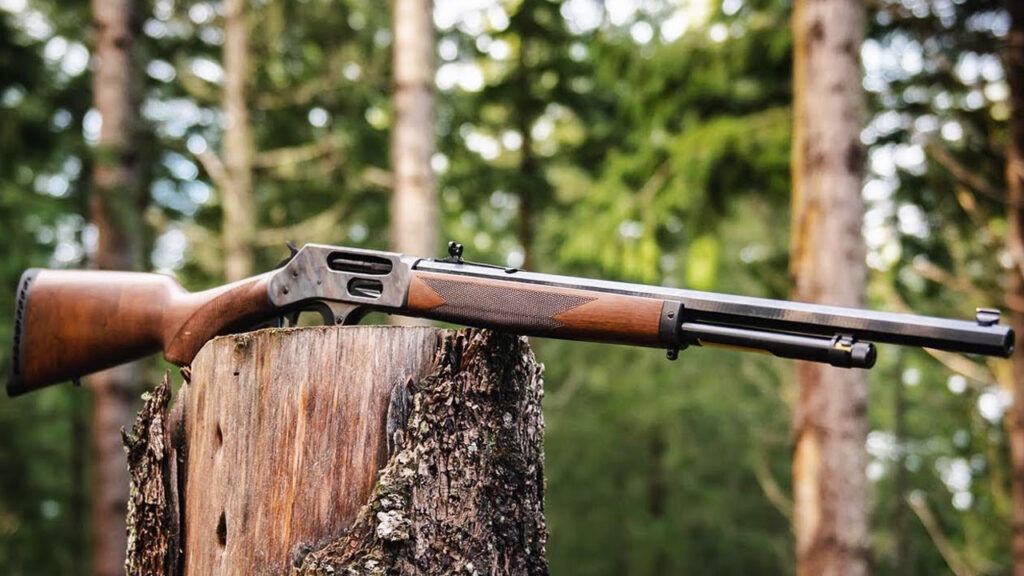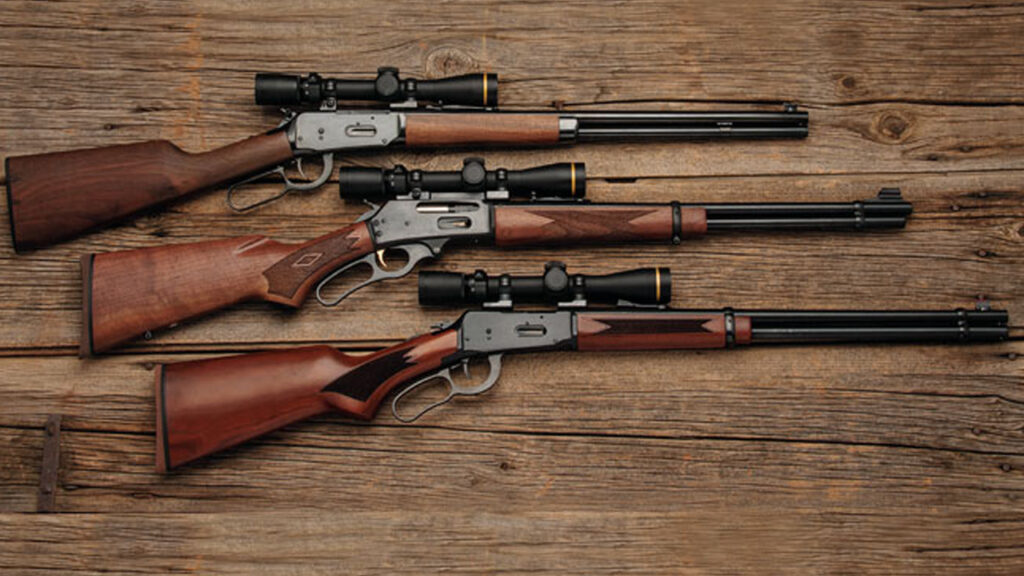Выбор для ставок пин ап казино и знакомство с правилами сайта
Рынок азартных развлечений стремительно растет, запускаются новые клубы, предлагающие огромный ассортимент игр и акций для гемблеров. Каждое заведение хочет выделиться

The lever action rifles, a staple in firearms history, embodies a mechanism where a lever is used to load cartridges into the chamber and cock the hammer. Its historical significance lies in its role during the American frontier era, where it became synonymous with ruggedness and reliability. Initially designed for hunting and self-defence, lever-action weapons quickly gained popularity due to their ease of use and rapid firing capabilities. Today, the tactical lever-action weapon has found a niche in the firearms market, offering shooters a blend of traditional design with modern features suited for tactical applications. Its purpose and usage span across various contexts, from hunting and sport shooting to historical reenactments. The enduring appeal of the lever-action weapon lies in its simplicity, versatility, and timeless design, making it a favourite among enthusiasts and collectors alike.
The development of lever-action weapons traces back to early prototypes and predecessors, where inventors experimented with mechanisms to improve firearm operation. Predecessors such as the Colt Paterson rifle and the Hunt repeating rifle laid the groundwork for what would become the lever-action weapon we know today. The evolution of the lever action mechanism saw significant advancements with the introduction of key innovations by inventors such as Benjamin Tyler Henry and Horace Smith. Henry’s introduction of the Henry rifle in 1860 marked a pivotal moment, showcasing the lever action mechanism’s potential for rapid and reliable firing. Subsequent developments by inventors like Oliver Winchester, who acquired Henry’s company and continued to refine the design, further propelled the evolution of lever-action weapons. These inventors and their innovations paved the way for the iconic lever-action weapon that continues to be revered for its simplicity and effectiveness.

The lever mechanism is the defining feature of a lever action rifles, providing the means to chamber rounds, fire, and eject spent cartridges. This component embodies the essence of the lever action design, allowing for quick and efficient cycling of ammunition. When the lever is operated, it initiates a series of actions within the rifle, such as extracting a spent casing, loading a fresh round from the magazine, and cocking the hammer or striker for the next shot. The lever action mechanism has long been praised for its simplicity and reliability, making it a staple in the world of firearms.
The barrel and action form the core structure of a lever-action weapon, housing the firing mechanism and providing the platform for aiming and firing. The barrel is where the projectile is propelled, and its length and rifling play a crucial role in determining the rifle’s accuracy and ballistic performance. The action encompasses the components responsible for loading, firing, and ejecting cartridges, including the lever mechanism, bolt or breechblock, and extractor. Together, the barrel and action of a lever-action weapon form a robust and dependable system, capable of delivering consistent performance in various shooting scenarios.
In a lever-action weapon, the magazine and feeding system dictate the firearm’s capacity and reloading capabilities. Traditionally, lever-action weapon feature tubular magazines located beneath the barrel, which linearly hold a series of cartridges. As the lever is cycled, cartridges are fed from the magazine into the chamber for firing. This design offers a balance between capacity and compactness, making lever-action weapons particularly well-suited for hunting and sport shooting. However, advancements in firearm technology have led to the development of tactical lever action rifles equipped with detachable box magazines, enhancing reloading speed and versatility in tactical applications.
The stock and grip of a lever-action weapon contribute significantly to its ergonomics and handling characteristics. The stock provides a stable platform for shouldering the rifle and absorbing recoil, while the grip allows for comfortable and secure handling during shooting. Lever-action weapons typically feature wooden or synthetic stocks tailored to fit the shooter’s preferences and shooting style. Additionally, modern tactical lever-action weapons may incorporate adjustable stocks and pistol grips for enhanced control and adaptability in different shooting environments. The design and construction of the stock and grip play a crucial role in the overall feel and performance of a lever-action weapon, ensuring optimal comfort and accuracy for the shooter.

Lever-action weapons offer rapid cycling, enabling quick follow-up shots in hunting or competitive shooting scenarios.
Built with sturdy construction and time-tested mechanisms, lever-action weapons are known for their robust and dependable operation.
Lever action rifles feature an intuitive design, offering shooters comfortable handling and simple operation, suitable for shooters of all skill levels.
From hunting to competitive shooting, lever-action weapons excel in different scenarios due to their manageable size, compatibility with various calibres, and ease of handling.
The Winchester Model 1873, known as “The Gun that Won the West,” revolutionised firearm design in the late 19th century. With its reliable lever action mechanism and rapid firing capability, it became an iconic symbol of frontier life. Cowboys, lawmen, and outlaws alike favoured its smooth operation and accuracy. Even today, it maintains its status as a coveted collectable, embodying the spirit of the American West and the ingenuity of its era.
The Marlin Model 336 represents a modern interpretation of the classic lever action rifles. Renowned for its durability and ergonomic design, it has become a favourite among hunters and sports shooters. Its smooth lever action mechanism ensures swift cycling of cartridges, enhancing shooting efficiency in various scenarios. Available in a range of calibres and configurations, the Model 336 offers versatility and reliability for outdoor enthusiasts seeking dependable performance in the field.
Henry Repeating Arms has earned acclaim for its innovative approach to lever-action weapons. Their diverse range of models caters to shooters of all levels and preferences, from traditionalists to those seeking modern features. Henry Lever Action Rifles are revered for their smooth cycling and pinpoint accuracy, making them sought after for hunting, sport shooting, and personal defence. With a commitment to quality craftsmanship and performance, Henry lever action rifles continue to uphold their legacy of excellence in the firearms industry.
Beyond the Winchester, Marlin, and Henry brands, several other manufacturers produce noteworthy lever-action weapons. Rossi, Browning, and Uberti are among those offering their own interpretations of this classic firearm design. These Lever Action Rifles span a range of budgets and features, catering to a diverse array of shooters. From budget-friendly options to high-end models crafted with precision engineering, these other notable models contribute to the richness and variety of the lever-action weapon market, ensuring there’s something for every enthusiast.

Lever action rifles have found diverse applications across various contexts.
Nonetheless, the enduring appeal and versatility of the lever-action weapon ensure its continued relevance in hunting, sport shooting, and historical reenactments.
The cultural impact and legacy of the lever-action weapons are deeply intertwined with its portrayal in literature, film, and art, where it often symbolise rugged individualism, frontier life, and the American spirit of independence. From classic Western novels to Hollywood films, the image of a cowboy wielding a lever-action weapon has become iconic, representing the adventurous spirit of the American frontier. This imagery has also permeated various forms of art, cementing the rifle’s place in popular culture. Furthermore, the lever action rifle’s historical significance in American frontier history solidifies its iconic status, as it played a pivotal role in the expansion and settlement of the West. Its influence on firearm design and technology is undeniable, as the tactical lever-action weapon continues to be adapted and modernised for contemporary use, blending traditional craftsmanship with modern advancements to meet the demands of today’s shooters.

In conclusion, the lever action rifle stands as a testament to both its historical roots and its enduring relevance in contemporary firearms culture. Throughout this exploration, we’ve elucidated the evolution and components of the lever-action weapon, highlighting its key advantages such as speed, reliability, and versatility. Its significance in firearms history cannot be overstated, with iconic models like the Winchester Model 1873 embodying the spirit of the American frontier. Moreover, the emergence of tactical Lever Action Rifles demonstrates its adaptability to modern shooting contexts, offering a blend of tradition and innovation. Looking ahead, the future prospects of lever-action weapons remain promising, as they continue to find favour among hunters, sports shooters, and enthusiasts alike, reaffirming their enduring relevance in the ever-evolving landscape of firearms technology and culture.
Unlock the power of precision with Advanced Combat lever action rifles. Explore our range now for unmatched performance and reliability in every shot. Upgrade your shooting experience today
Рынок азартных развлечений стремительно растет, запускаются новые клубы, предлагающие огромный ассортимент игр и акций для гемблеров. Каждое заведение хочет выделиться
Bitcoin Casino Free Spins ֍ Play Btc Which have Totally free Revolves For Register Articles Clean Casino Best Bitcoin Gambling